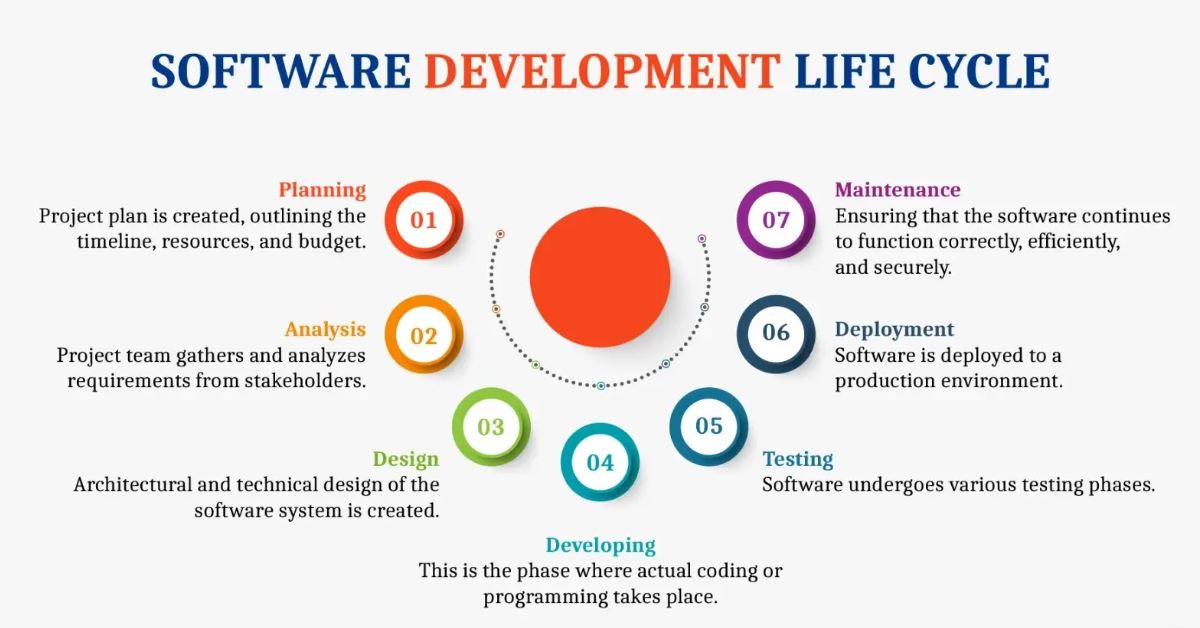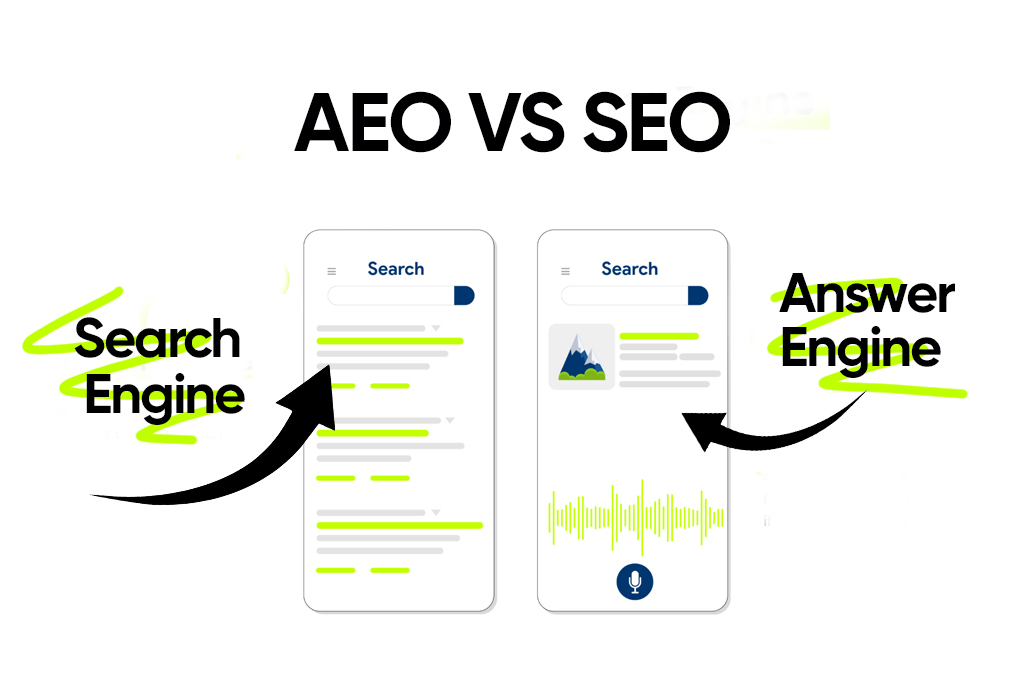The Software Development Life Cycle (SDLC) is a structured, phased approach used in the software development process to design, develop, test, deploy, and maintain software applications. It ensures quality, efficiency, and consistency in delivering software projects by breaking the development process into manageable, well-defined stages.
The 7 Phases of SDLC
- Planning and Requirement Analysis
Collect detailed requirements from stakeholders and analyze feasibility, costs, and risks. This phase sets the foundation for a successful project by defining clear objectives. - Requirement Specification
Document all software needs clearly in a Software Requirement Specification (SRS) for approval to avoid miscommunication. - Design
Architect the system and finalize design documents including UI/UX wireframes, technical architecture, database designs, and integration plans. - Development and Coding
Write and compile source code using appropriate programming languages and tools following coding standards to build the software. - Testing
Perform comprehensive testing (unit, integration, system, UAT) to identify and resolve defects, ensuring functionality and performance meet requirements. - Deployment
Release the software to the production environment and prepare infrastructure, plus provide user training and documentation. - Maintenance and Support
Continuously monitor, fix bugs, update features, and improve software performance for long-term reliability and user satisfaction.
What is SDLC and Its Types?
SDLC represents the methodology through which software is developed and maintained. Different SDLC models guide how phases are executed:
| Model | Description | Advantages | Best for |
| Waterfall | Linear, sequential phases completed one at a time | Simple to manage, clear milestones | Projects with fixed requirements and scope |
| Iterative | Development in repeated cycles, refining through each iteration | Flexible, early partial delivery | Projects needing incremental improvements |
| Agile | Incremental development with frequent feedback and collaboration | Highly flexible, customer involvement | Dynamic projects with evolving requirements |
| Spiral | Risk-driven iterative cycles combining Waterfall and prototyping | Strong risk management, adaptability | Large, complex, high-risk projects |
| V-Model | Extension of Waterfall emphasizing verification and validation stages | Rigorous testing aligned with phases | Projects requiring high-quality assurance |
| Incremental | Software built in increments, each delivering part of functionality | Early partial working systems | Projects needing early deployment of components |
SEO Optimization Tips for Your Software Development Content
- Use target keywords like software development, SDLC, software life cycle, software testing, and software deployment naturally throughout headings and content.
- Incorporate latent semantic indexing (LSI) keywords such as software engineering, application development, coding standards, software maintenance, and project management.
- Format content with clear headings (H1, H2, H3) and bullet lists to improve readability.
- Add internal links to related articles on your site (e.g., Agile methodology, software testing strategies).
- Include multimedia elements such as charts or infographics showing SDLC phases.
- Use schema markup (FAQ, Article) to enhance rich snippet eligibility.










